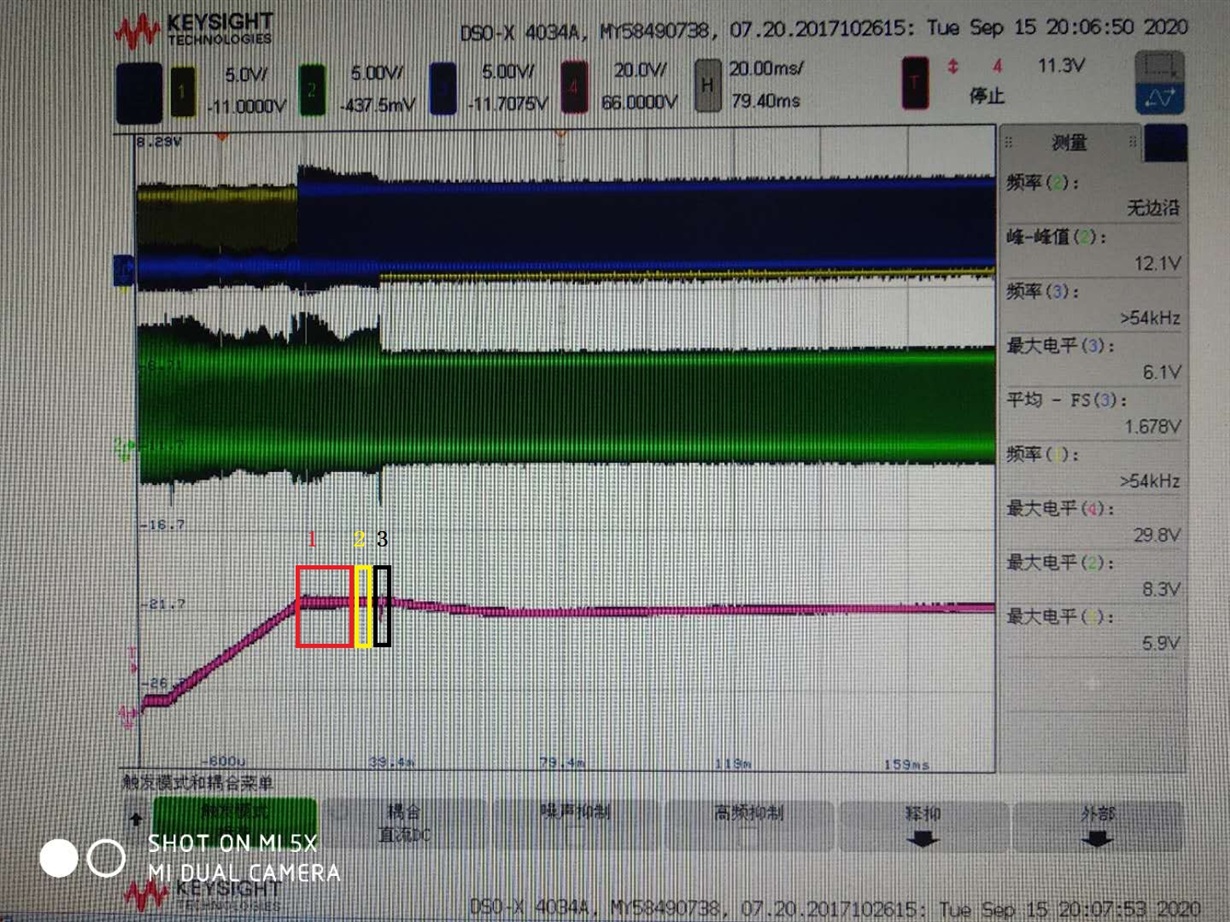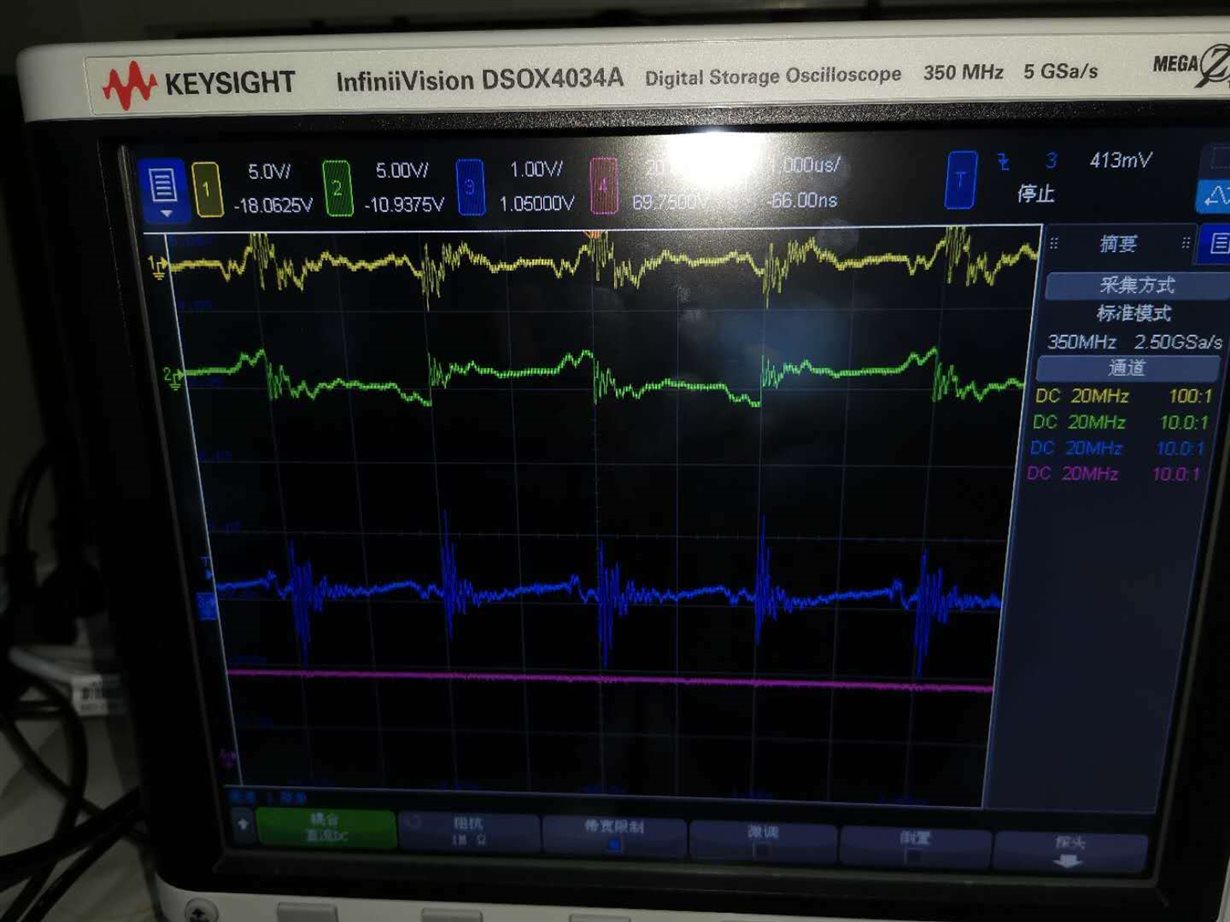Other Parts Discussed in Thread: UCD3138128A, UCD3138
Hi Expert,
The engineer is conducting the open/short test on UC3138064 XTAL_IN and XTAL_OUT.
Pls advice the expected results for open/short the XTAL_IN and XTAL_OUT.
Thanks
Best regards,
Eric Lai
Field Application Engineer
Texas Instruments Taiwan Limited
O: +886-2-2175-2582
M: +886-909-262-582
E-Mail:Eric.Lai@ti.com








